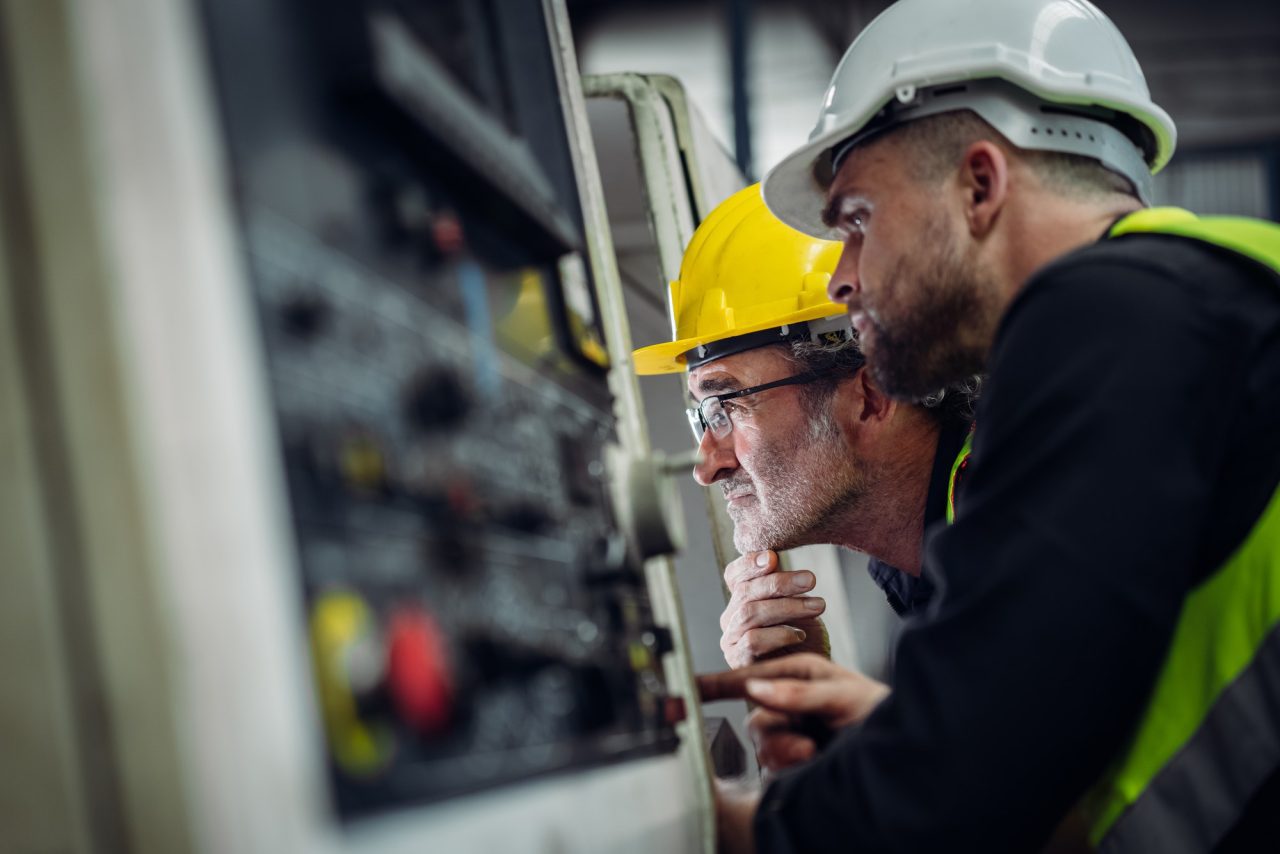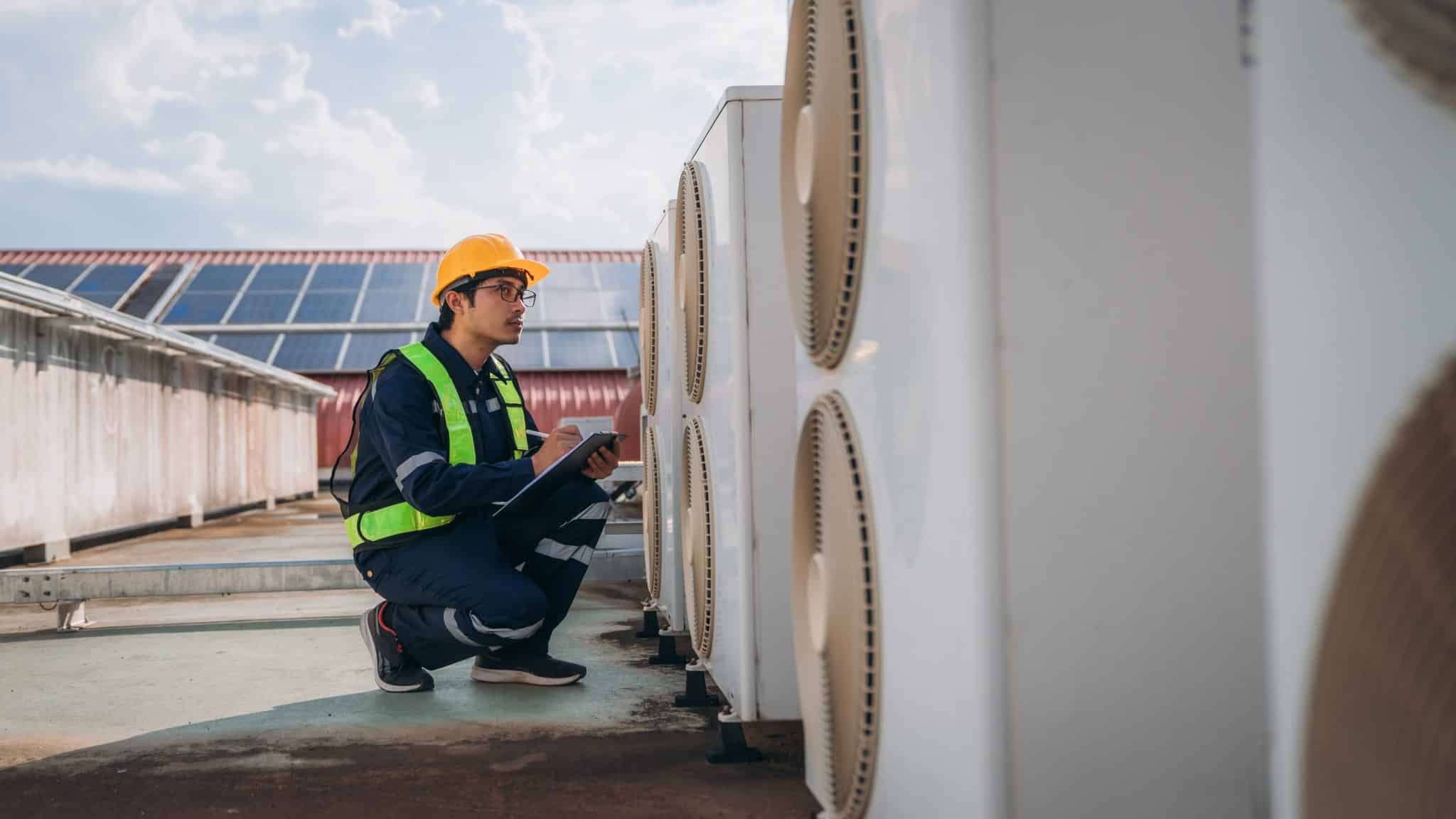Technological advancements have brought us to the cusp of creating our own universe. Imagine waking up in the physical universe, sliding on a pair of glasses, and instantly appearing in an always-online digital universe where you can choose your reality. While it sounds similar to the plot of a popular sci-fi movie (or trilogy), the Metaverse is a trending concept that is currently being built.
So what exactly is the Metaverse and how will it impact the future workforce?
What is the Metaverse?
The Metaverse is a symbiotic network of technologies including virtual reality and augmented reality that enables users to “live” in the digital universe. It will be a place for users to work, play, vacation, and stay connected with friends, no matter where they are in the physical universe. Users will be able to shift settings to socialize with distant friends or relatives, shift settings to show up for work, then shift to slay dragons as a fitness workout.
Supporters of the Metaverse envision it as a new way of living – and working.
While companies such as Meta (formerly Facebook) and Microsoft are working towards building the Metaverse, some of its technologies are already being used today. Virtual reality headsets let users step into immersive, always-online worlds for gaming and entertainment. Augmented reality is helping medical facilities and corporate facilities simplify tasks and increase efficiency.
The capabilities of life in the Metaverse will continue to develop and expand as technology improves, but let’s look at how companies are using the technology of the future, today.
How is AR being used in Facilities Management?
Gamers weren’t the first to adopt augmented reality (AR). While not as widely-known, commercial and industrial facility managers were also early adopters of AR. Why?
Facility managers quickly found that they could use the technology to improve their operations. With remote monitoring applications, facility maintenance automation, and AR repairs, cumbersome tasks became easier to assess and problems became easier to prevent.
Pandemic-related restrictions during COVID-19 also helped usher virtual reality (VR) and AR into facility management. Recent reports show an increase in AR use during the pandemic among hospitals and medical facilities (30%), manufacturing facilities (26%), educational facilities (25%), and commercial facilities (23%).
According to AR Post, 1 out of 5 facility management professionals uses augmented reality for work. However, that’s estimated to increase over the next few years as technology improves.
How Will the Metaverse Change the Workforce?
While there are current VR and AR adoptions among the current workforce, advancements in the technology will expand its applications and functionality. The Metaverse will eventually enable teams to collaborate from anywhere in the world. Users will be able to slip on their glasses and step into a classroom or a boardroom. Sensor technology may also be used to sync the physical world to the digital so that aspects of the real world can be monitored from inside or outside of the Metaverse.
The Metaverse has the potential to redefine work – and life – as we know it, but it can’t survive without the physical universe. If the Metaverse is adopted by the future workforce, its infrastructure will need to be sustained and scaled to support millions of users and billions of devices. We will still need people to power the future – no matter which universe they choose to live in.
For nearly 20 years, Central Florida Store Services has been providing facility maintenance, HVAC, refrigeration, and general contracting services for the Florida market. We take care of the legwork, so you do not have to.





